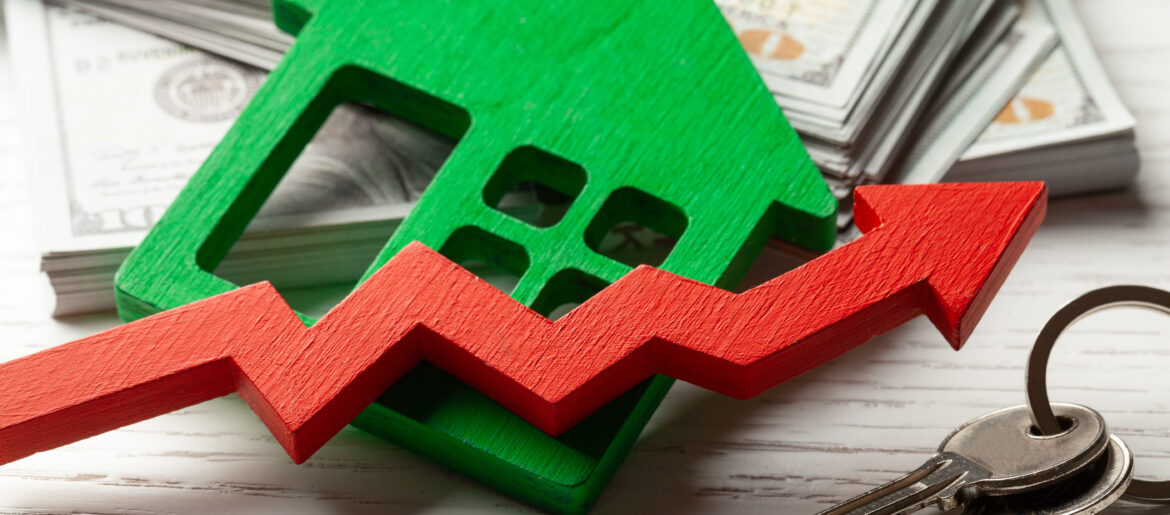
July Figures Illuminate Housing as the U. S. Economy’s Bright Spot
The housing market is being touted as the “bright spot” in this uncertain pandemic economy, as record-low interest rates make home buying affordable for consumers.
According to the U.S. Census, sales of newly built homes jumped 14% from May to June, driven by strong buyer demand coupled with the severe shortage of existing homes for sale. As a result, homebuilder sentiment rose in August to the highest score in the 35-year history of the National Association of Home Builders’ monthly index.
Figures released by the U.S. Department of Commerce revealed that residential starts surpassed forecasts and jumped by 22.6% in July, the biggest single gain since October 2016. This is not a regional phenomenon, as starts were up across the nation. The Northeast gained the most, up 35% from June, while the South was up 33% from the prior month. In the Midwest and West, construction starts were up by approximately 6%.
Single-family starts rose by 8.2%, while multi-family projects of five units or more surged by 58.4% — also the largest monthly increase since October 2016.
Applications to build, a forward-looking gauge of residential construction activity, increased by 18.8% to a total of 1.495 million units at an annualize rate — their highest levels in three decades. The rate of permits is now higher than pre-pandemic figures posted in February.
The number of residential projects authorized but not yet started also increased to 101,000 in July, heralding the biggest backlog since the fourth quarter of 2018.
Joshua Shapiro, chief U.S. economist at Maria Fiorini Ramirez, Inc., takes an optimistic view of current trends, stating: “Record low mortgage rates and demand from families looking for more space is fueling the market and is more than offsetting the downward influence of labor market turmoil.”
However, several factors underscore the need for cautious optimism. Danielle Hale, chief economist for realtor.com, said, “Continued healing in the housing market is a positive for the overall economy, but elevated jobless claims raise concerns about how sustainable this housing demand is, especially in the face of rising prices.”
Following the housing starts data release, Oxford Economics economists stated that “strong demand and a record level of homebuilder confidence will support housing starts in the second half of 2020, but the still-widespread coronavirus and an economy struggling to recover without fiscal support may limit the upside.”
Further, building costs continue to increase as lumber prices are the highest on record. Already, mountain pine beetles have destroyed 15 years’ of log supplies in British Columbia — enough trees to build 9 million single-family homes. More trees are threatened as the beetles continue to move through forests in Alberta and the Pacific Northwest. Meanwhile, the wildfires that are ravaging the West Coast are consuming more forestland.
While this disaster will push lumber prices even higher, the destruction of homes is creating more demand for future housing. According to realtor.com, it is typical for housing prices to drop after a major disaster. But following the deadly Northern California fires in October 2017, home prices shot up in Sonoma and Napa counties. Real estate brokerage Pacific Union reported that median prices of single-family houses rose 6.1% in Sonoma and 7.5% in Napa from September to November.
Experts say that limited home inventories before these crises combined with the desirability of living in much of California will inspire many to rebuild and new buyers to invest, driving an ongoing demand for homes in the region.
The National Association of Homebuilders reports that the housing market represents more than 15% of the GDP, with a strong multiplier effect from complementary spending, demonstrating that a robust housing market is good for the economy at large. As long as homebuyer demand remains strong and interest rates remain low, the housing forecast should remain sunny.
We wanted to share these important trends with you to consider for your current and future projects. Please feel free to contact us with any questions.
